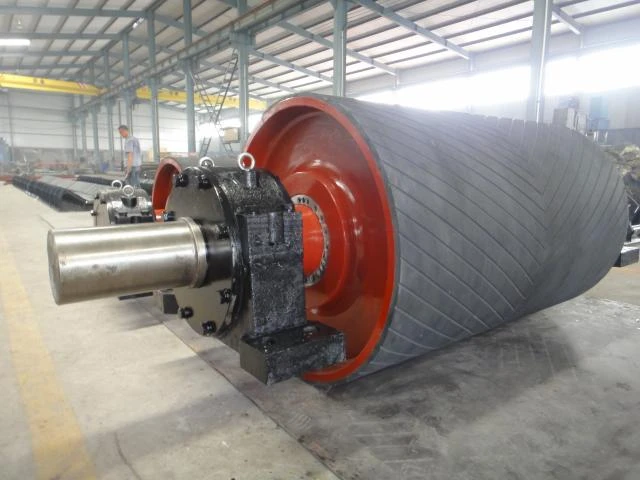 Afrikaans
Afrikaans  Albanian
Albanian  Amharic
Amharic  Arabic
Arabic  Armenian
Armenian  Azerbaijani
Azerbaijani  Basque
Basque  Belarusian
Belarusian  Bengali
Bengali  Bosnian
Bosnian  Bulgarian
Bulgarian  Catalan
Catalan  Cebuano
Cebuano  Corsican
Corsican  Croatian
Croatian  Czech
Czech  Danish
Danish  Dutch
Dutch  English
English  Esperanto
Esperanto  Estonian
Estonian  Finnish
Finnish  French
French  Frisian
Frisian  Galician
Galician  Georgian
Georgian  German
German  Greek
Greek  Gujarati
Gujarati  Haitian Creole
Haitian Creole  hausa
hausa  hawaiian
hawaiian  Hebrew
Hebrew  Hindi
Hindi  Miao
Miao  Hungarian
Hungarian  Icelandic
Icelandic  igbo
igbo  Indonesian
Indonesian  irish
irish  Italian
Italian  Japanese
Japanese  Javanese
Javanese  Kannada
Kannada  kazakh
kazakh  Khmer
Khmer  Rwandese
Rwandese  Korean
Korean  Kurdish
Kurdish  Kyrgyz
Kyrgyz  Lao
Lao  Latin
Latin  Latvian
Latvian  Lithuanian
Lithuanian  Luxembourgish
Luxembourgish  Macedonian
Macedonian  Malgashi
Malgashi  Malay
Malay  Malayalam
Malayalam  Maltese
Maltese  Maori
Maori  Marathi
Marathi  Mongolian
Mongolian  Myanmar
Myanmar  Nepali
Nepali  Norwegian
Norwegian  Norwegian
Norwegian  Occitan
Occitan  Pashto
Pashto  Persian
Persian  Polish
Polish  Portuguese
Portuguese  Punjabi
Punjabi  Romanian
Romanian  Russian
Russian  Samoan
Samoan  Scottish Gaelic
Scottish Gaelic  Serbian
Serbian  Sesotho
Sesotho  Shona
Shona  Sindhi
Sindhi  Sinhala
Sinhala  Slovak
Slovak  Slovenian
Slovenian  Somali
Somali  Spanish
Spanish  Sundanese
Sundanese  Swahili
Swahili  Swedish
Swedish  Tagalog
Tagalog  Tajik
Tajik  Tamil
Tamil  Tatar
Tatar  Telugu
Telugu  Thai
Thai  Turkish
Turkish  Turkmen
Turkmen  Ukrainian
Ukrainian  Urdu
Urdu  Uighur
Uighur  Uzbek
Uzbek  Vietnamese
Vietnamese  Welsh
Welsh  Bantu
Bantu  Yiddish
Yiddish  Yoruba
Yoruba  Zulu
Zulu Understanding Feeder Idler Mechanisms in Conveyor Systems for Enhanced Efficiency
Understanding Feeder Idlers An Essential Component in Material Handling Systems
In the world of industrial material handling, the efficiency of transporting bulk materials is crucial. One of the often-overlooked components in these systems is the feeder idler. This component plays a significant role in ensuring that materials move smoothly and efficiently through various processes. Understanding the functionality and importance of feeder idlers can enhance operations in numerous industries, including mining, manufacturing, and logistics.
What is a Feeder Idler?
A feeder idler is a specific type of component used in conveyor systems designed to transport bulk materials. Idlers, in general, are roller supports that hold the belt of a conveyor system in place and reduce friction as the belt moves. A feeder idler, however, is tailored to support the conveyor belt in a feeding system, where materials are loaded onto a belt at a controlled rate. This is particularly important in applications that require precise material flow, ensuring that operations remain efficient and productive.
The Role of Feeder Idlers
The primary function of a feeder idler is to maintain the correct alignment of the conveyor belt as it transports materials. This alignment is essential for several reasons it prevents the belt from running off track, reduces wear on the belt itself, and ensures that materials are fed evenly into the system. In situations where materials must be fed at specific rates, feeder idlers help regulate the flow and prevent spills or blockages, which can lead to downtime and disruptions in productivity.
Additionally, feeder idlers can assist in controlling the tension of the conveyor belt. Proper tension is critical; if the belt is too loose, it can slip and lose efficiency, while excessive tension can lead to premature wear and tear. Feeder idlers are often adjustable, allowing operators to fine-tune the tension as needed, thereby optimizing the performance of the entire conveyor system.
Benefits of Using Feeder Idlers
feeder idler

Utilizing feeder idlers within a conveyor system presents numerous advantages. First and foremost, they enhance operational efficiency. By ensuring a stable and controlled flow of materials, businesses can maintain production schedules and minimize wastage. Moreover, proper material handling through the use of feeder idlers reduces the risk of equipment damage, thus lowering maintenance costs and extending the lifespan of the conveyor system.
Another significant benefit is safety. By keeping materials securely on the conveyor belt and preventing spillage, feeder idlers help maintain a cleaner and safer working environment. This is especially important in industries where hazardous materials are handled, as spills can pose serious risks to workers and equipment.
Challenges and Considerations
While feeder idlers offer numerous benefits, there are challenges to consider. The choice of materials for construction is crucial; feeder idlers must be durable enough to withstand heavy loads and resist wear over time. Additionally, regular maintenance is essential to ensure that these components operate effectively. Routine inspections to check for alignment, wear, and other issues can prevent unexpected failures and enhance the longevity of the idlers.
Selection is also vital. Depending on the specific application, different types of feeder idlers may be required. Factors such as load capacity, environment, and the nature of the materials being handled should all be considered when choosing the right idler for a conveyor system.
Conclusion
Feeder idlers play an indispensable role in the realm of material handling systems. Their ability to ensure proper alignment, regulate tension, and facilitate controlled material flow makes them essential components in various industries. By understanding their importance and implementing best practices for maintenance and selection, businesses can enhance their operational efficiency and safety, ultimately leading to increased productivity and reduced costs. As industries continue to evolve, the significance of feeder idlers in optimizing material handling processes will only grow, solidifying their place as key players in the industrial landscape.
-
Revolutionizing Conveyor Reliability with Advanced Rubber Lagging PulleysNewsJul.22,2025
-
Powering Precision and Durability with Expert Manufacturers of Conveyor ComponentsNewsJul.22,2025
-
Optimizing Conveyor Systems with Advanced Conveyor AccessoriesNewsJul.22,2025
-
Maximize Conveyor Efficiency with Quality Conveyor Idler PulleysNewsJul.22,2025
-
Future-Proof Your Conveyor System with High-Performance Polyurethane RollerNewsJul.22,2025
-
Driving Efficiency Forward with Quality Idlers and RollersNewsJul.22,2025





























